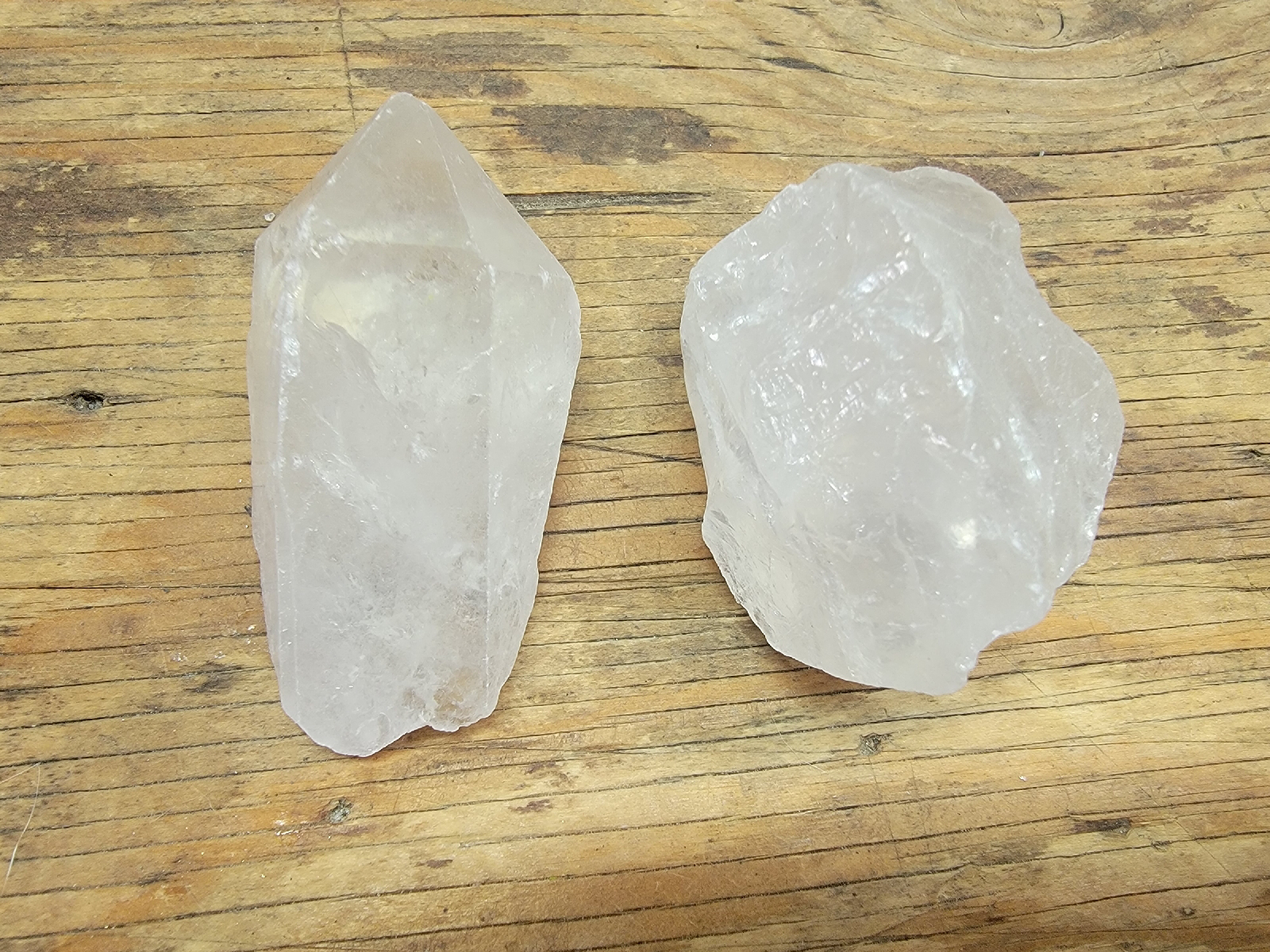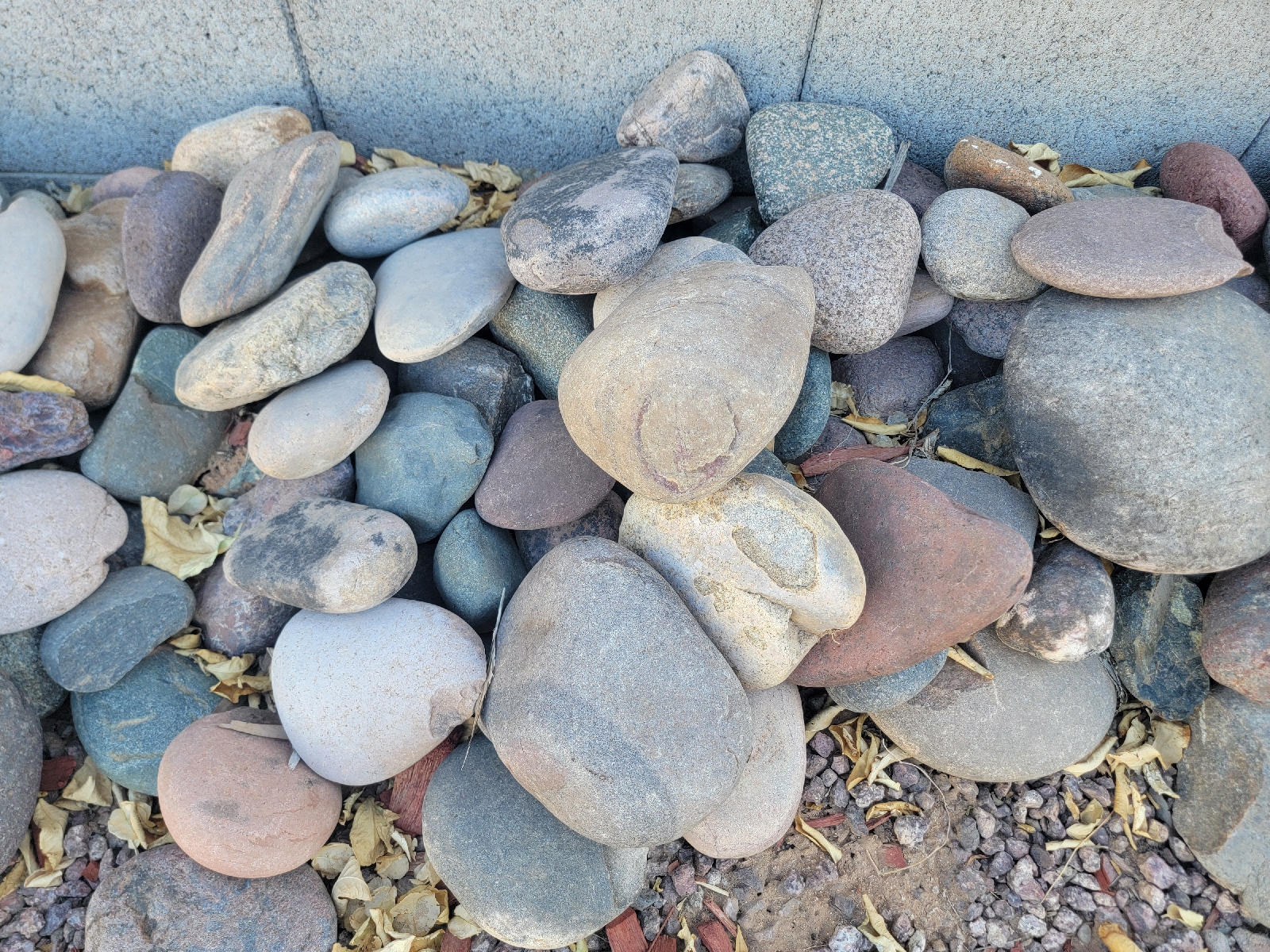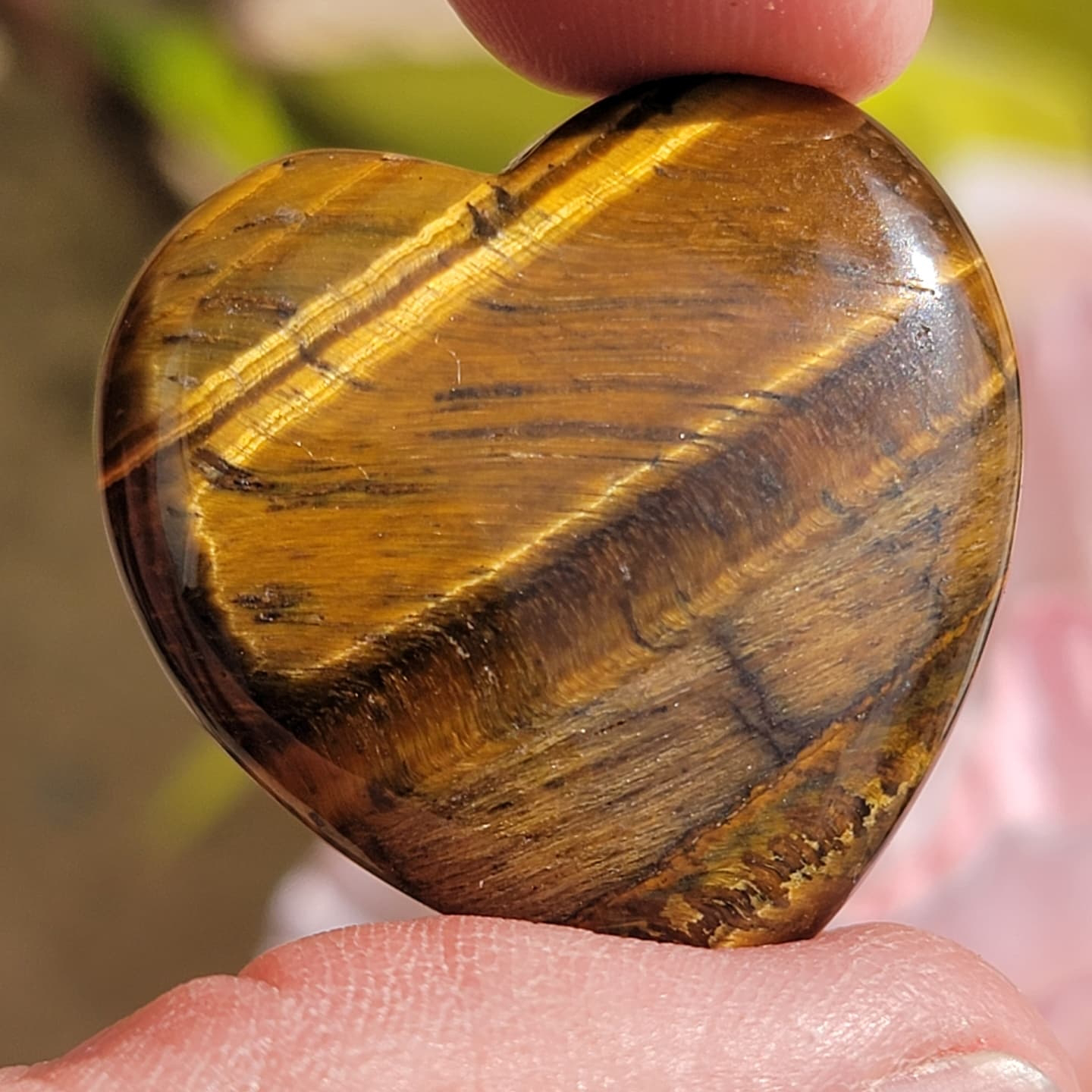Rocks, minerals, and crystals...
We often use the terms interchangeably.
I don't tell my friends I'm going to look for minerals. It sounds... so technical. I say, "I'm going to look for rocks."
"I found a big crystal!" is usually said with more enthusiasm than, "I found a big rock!"
So, what exactly is the difference between rocks, minerals, and crystals? Let’s do a really quick breakdown of the terms and explore the fun world of geology together.
We'll examine how each is formed, and what we use them for in our world.
1. Crystals
Here we have fluorite crystals, pyrite crystals, and wulfenite crystals.
Crystals are solids that have it all together. You know, like the guy in accounting who's car is always spotless, even after it rains, or the chick who got to work 30 minutes early just to organize her toolbox, again!? Ugh.
Imagine tiny atoms or molecules, all arranged neatly in an organized, repeating pattern - called a crystal lattice. This meticulous arrangement gives crystals their unique geometric shapes, symmetry, and special physical properties.
For example, crystals naturally take on distinct shapes like cubes, hexagons, or even pyramids.
Each type of crystal boasts its very own specific chemical formula that explains its composition. Look at a quartz crystal: SiO2, or silicon dioxide. That tells you it's made up of silicon and oxygen atoms.
Crystals can be found in nature (like quartz, but also think diamonds or salt) or even created in a lab (like some gemstones).
What might seem odd to rockhounds, is that not all crystals are minerals. For example, sugar and ice can also form beautiful crystals but won't count as minerals.
Crystals form through the same processes whether in nature or in labs:
- Cooling Liquids: Crystals can form when liquids cool down, like quartz from magma or salt from seawater.
- Precipitation from Solutions: This happens when minerals become too saturated in a liquid and solidify, like the sugar crystals that form in syrup.
- Sublimation from Gases: Some minerals can even form directly from volcanic gases, such as those beautiful but smelly sulfur crystals.
Crystals look awesome on our display shelves, but check out what else we can do with them:
- Technology: Quartz crystals help keep time accurately in watches, radios, and other electronic devices.
- Medical Applications: Crystalline structures are used in medications and medical imaging technologies.
- Spiritual & Healing Practices: Many people believe in the special properties of crystals for meditation and alternative healing.
- Food & Preservation: Salt, a crystalline mineral, is essential in cooking and preserving food.
For a nerdy bonus, let’s dive into the different types of crystals (feel free to skip this if you're not THAT into crystals).
- Ionic Crystals: These are formed by the attraction between positive and negative ions, like table salt (NaCl).
- Covalent Crystals: Here, atoms bond in a continuous network, examples include diamond and quartz.
- Metallic Crystals: These consist of metal atoms that have free-moving electrons, like gold and copper.
- Molecular Crystals: These are held together by weaker forces, such as Van der Waals forces, like ice and sugar.
2. Minerals
Looking for unique minerals or gifts for a rock lover? Click here.Now, let’s talk about minerals! These are naturally occurring and inorganic (no plant or animal parts in here). Also, like crystals, minerals also have a specific chemical makeup (formula) and a crystalline structure.
Remember the SiO2 crystal from just a bit ago? Quartz is a mineral too! I knowwww... it's confusing, but just hear me out.
Heres why quartz (and many others) can be both a crystal and a mineral: All minerals have a crystal structure, but they don’t always look like perfect crystals.
Think of minerals as the essential building blocks of rocks. Some other well-known minerals are calcite and mica.
Calcite is on the left, mica is on the right.Most minerals that occur naturally can form as crystals. Not all do because of cooling rate, space constraints, and other factors in nature.
Minerals form through these natural geological processes:
- Cooling Magma or Lava: This process allows minerals like quartz and feldspar to crystallize.
- Water Evaporation: When water evaporates, minerals such as halite (that’s salt!) can form from the dissolved elements becoming solid.
- Heat and Pressure: When existing minerals are subjected to heat and pressure, their atoms rearrange to create new minerals, like graphite transforming into diamond.
Another important thing to remember is every rock is made up of minerals, but not all minerals form rocks.
It's no surprise that minerals have many of the same uses as crystals, and even more in society:
- Industry: Quartz is vital in glassmaking, and feldspar is super important in ceramics.
- Technology: Silicon sourced from quartz plays a crucial role in computer chips and electronics.
- Jewelry: Luxurious gems like diamonds, rubies, and emeralds shine in jewelry pieces.
- Health & Medicine: Calcium minerals pop up in supplements, while fluorite is an ingredient in toothpaste for keeping our teeth healthy.
3. Rocks
Rocks are all those other sturdy materials you find in nature, made up of one or more minerals (and sometimes even organic matter). They're the things I usually trip over while I'm out running on the trails, or the things I find in my washing machine when I forget them in my pockets (I'm sorry to all the granite I prematurely decomposed into gravel).
Unlike minerals and crystals, rocks don’t have a fixed chemical composition.
We can classify rocks into three main groups based on how they form:
- Igneous Rocks: These form when magma or lava cools down and solidifies. You might be familiar with basalt and granite.
Granite- Sedimentary Rocks: These happen when layers of sediments (think sand, silt, clay, or even organic material) gather and get compressed over time, giving us limestone and sandstone.
Limestone with a fossil- Metamorphic Rocks: Existing rocks go through intense heat and pressure and change their structures. Marble, which comes from limestone, and schist are great examples.
Tigers eye is a polished metamorphic rock.Just take a look around, and you'll see rocks being useful to people who don't even like them, aww:
- Construction: Strong materials like granite, limestone, and sandstone are popular choices for building roads, monuments, and more.
- Decoration: Marble is a go-to for elegant sculptures and stylish countertops.
- Energy Production: Coal, which is a sedimentary rock, is burned to help generate electricity.
In case you scrolled down just for the pictures, read this and you can pretend you read it all!
To sum it up, rocks consist of various minerals and are categorized based on their formation methods. Minerals are naturally occurring with a specific chemical structure and crystalline form, while crystals feature a highly organized atom arrangement. Each of these plays a vital role in both nature and our daily lives, contributing to everything from construction and technology to health and wellness!












No comments:
Post a Comment